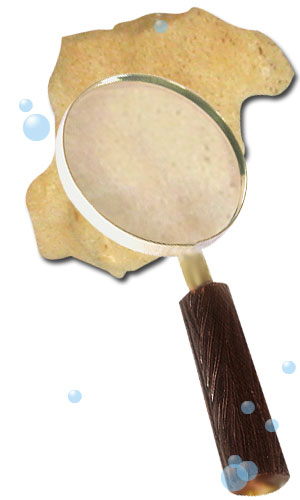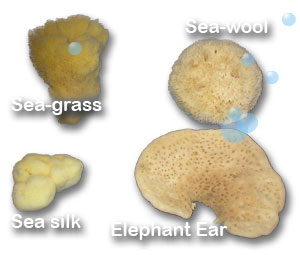unblocked games
unblocked games
unblocked games
About Natural Sponges
 A. BIOLOGY.
A. BIOLOGY.
Sponges are very primitive animals: as every encyclopedia article tells us, they are the most primitive of all multi-cellular organisms. Although they are classified by biologists as animals, they lack “animal-like” organs and digestive or reproductive systems.
In fact, their reproductive system is the most interesting. In sponges reproduction occurs either sexually or asexually. In sexual reproduction the sponges are usually hermaphroditic but cross-fertilize one another. Eggs and sperm unite to produce a free-swimming larva that settles on a new surface, usually rocks, coral and practically any other surface at the bottom of the sea. Reproduction can also occur by small, internal asexual buds called gemules, each one able to give rise to a new sponge. In other words, small cuts of sponges can reproduce a full-bodied sponge.
B. COMMON MISCONCEPTIONS ABOUT SPONGES.
Many misconceptions about sponges exist because this rare reproductive system is not widely known or well understood. It is often suggested by environmentalists and other politically motivated groups that fishing sponges “depletes” the population of sponges. The truth is that by cutting each grown sponge at the bottom, a fisherman or diver puts in motion its natural reproduction in both of the above-mentioned ways:
- The remaining (bottom) part of the sponge will grow to produce a new individual.
- By cutting the sponge plentiful larva is dispersed all around to produce even more individual sponges. In fact it is obvious that fishing sponges helps their reproduction processes and leads to increased colonies of sponges in fishing areas.
Even more laughable is the claim that fishing sponges (which are commonly called “filters of the sea” because of their ability to feed by pumping big quantities of water through their bodies and withholding micro-organisms) eliminates one of the ocean’s self-cleaning mechanisms. The reality is that out of a total of about 10,000 species of sea sponges only a few (5 or 6) are commercially marketed, a minute percentage of the total sponge population. But even this minute percentage is gaining in numbers when fished as we have explained.
COMMERCIAL SPONGES.
The few commercial species of sponges consist primarily of the dried skeleton of the living sponge, which is made up only of “spongin” tissue (the soft part of the sponge) and has no hard elements. The most important among them are the following:
 WOOL SPONGES: They are considered to be the highest quality for most commercial uses. Soft, very absorbent and quite durable, the wool sponges are the most desirable of all commercial sponges.
WOOL SPONGES: They are considered to be the highest quality for most commercial uses. Soft, very absorbent and quite durable, the wool sponges are the most desirable of all commercial sponges.
GRASS SPONGES: Lower in quality but quite plentiful and very irregular in their surface shape, they are excellent for all painting purposes.
SILK SPONGES: Their very fine pores allow maximum absorption and their smooth surface and feel render them a unique finishing tool.
ELEPHANT EAR SPONGES: Used primarily in pottery and ceramics as throwing and shaping tools, the flat shaped elephant ear sponges are very durable and absorbent, an indispensable tool.
Several other qualities/sub-species of sponges exist. As we mentioned, the same species of sponge can be of higher and lower quality, sometimes even coming from the same or neighboring fishing areas - a fact that makes processing and marketing sponges all that more difficult. Since its inception, THE SPONGE COMPANY has been making a conscious effort to set some standards in processing and marketing sponges, as well as to educate the public on their special qualities.